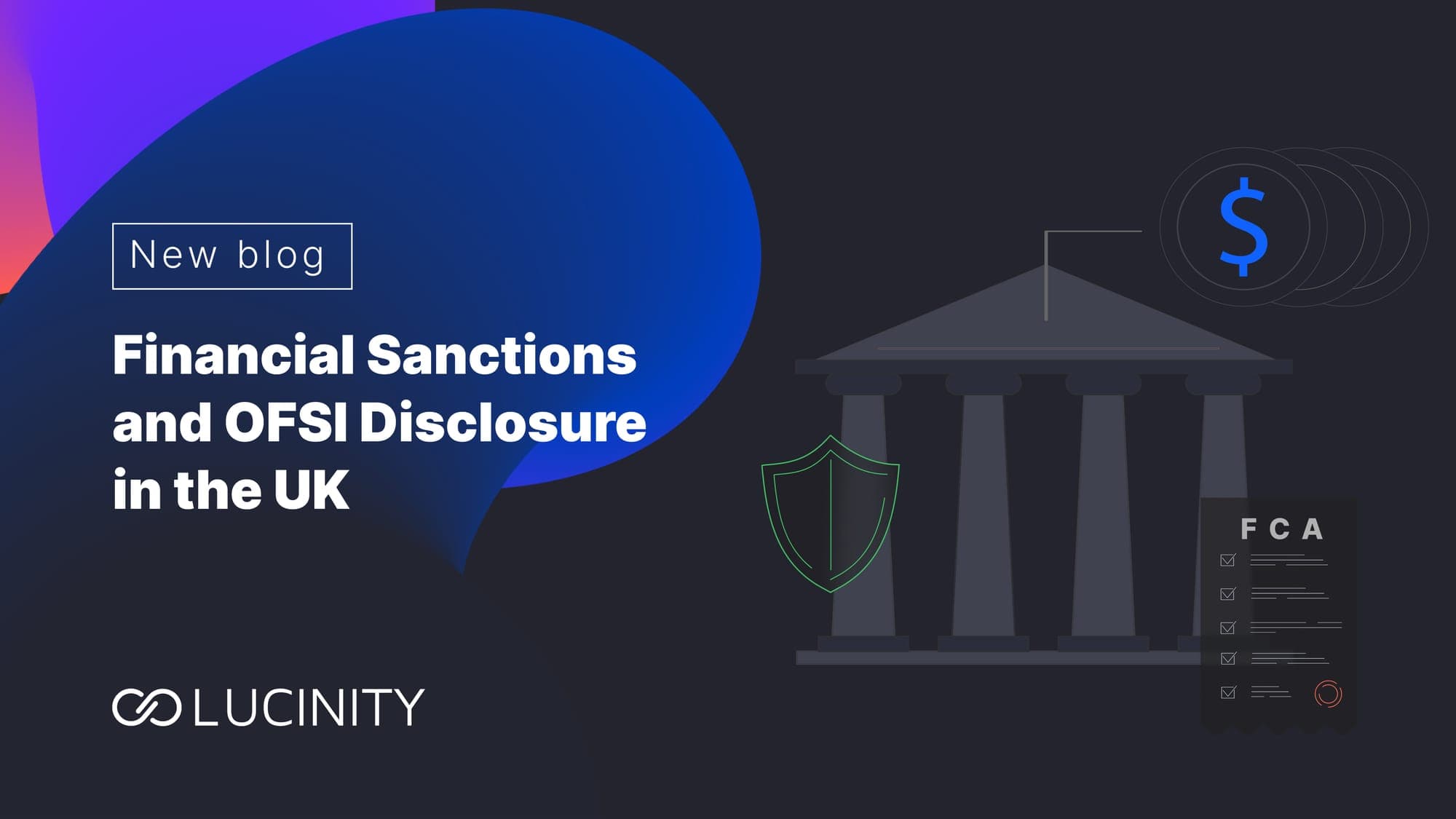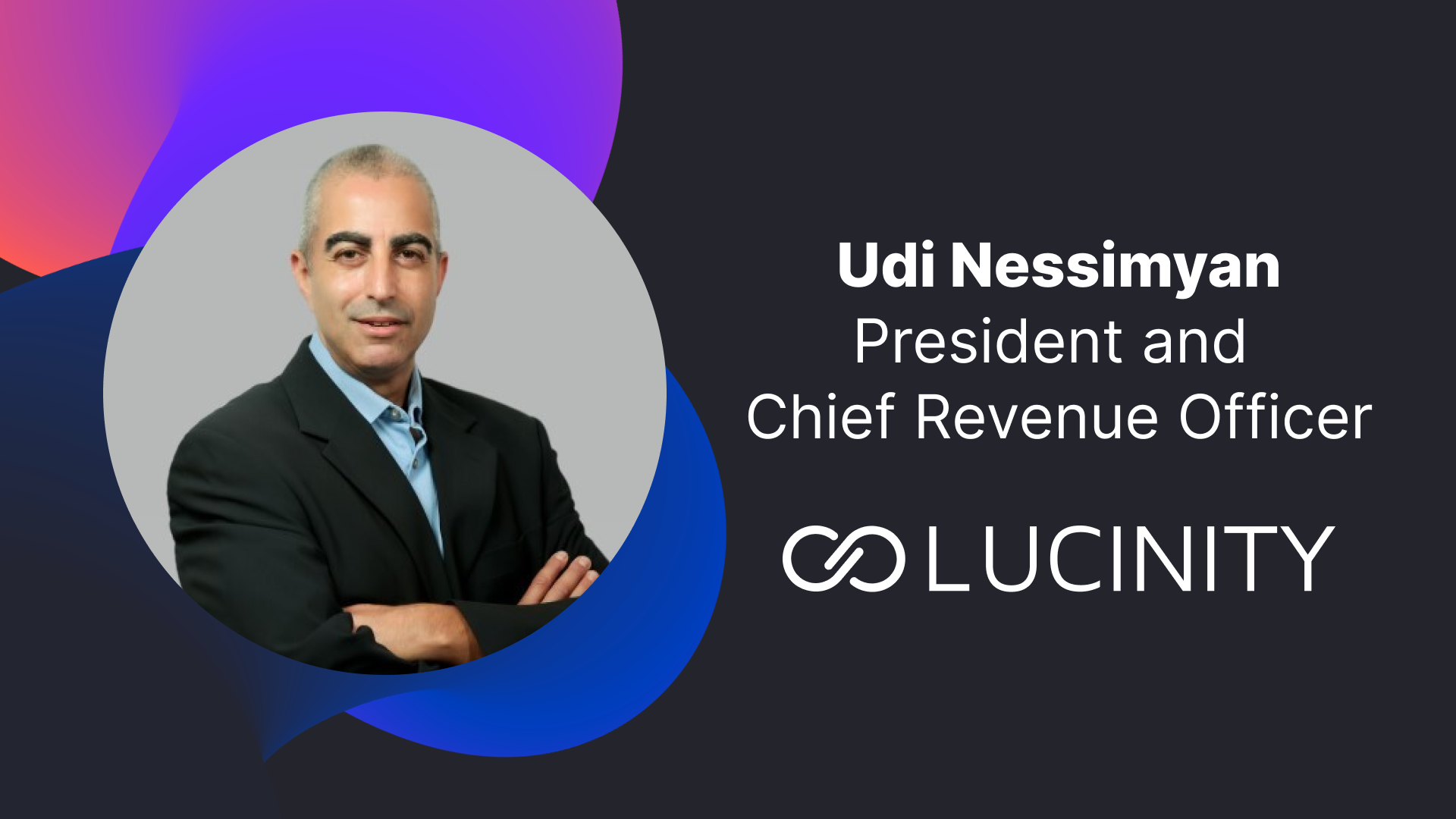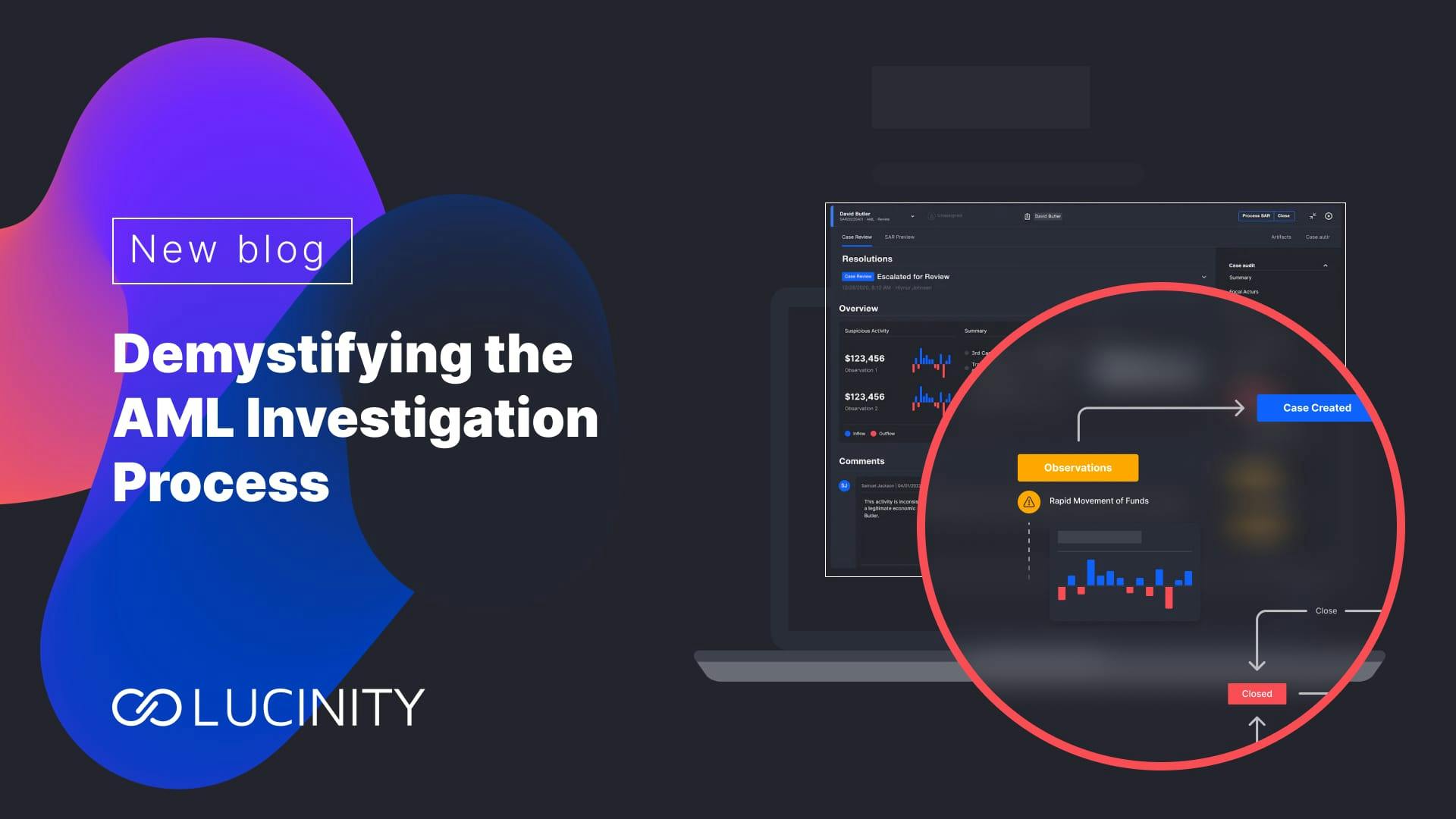A Guide To The 3 Lines Of Defense In Compliance
Learn more about the Three Lines of Defense model in compliance and discover how the three lines coordinate for effective risk management and internal audit strategies.
The 'Three Lines of Defense' (3LoD) model is a fundamental framework in compliance that has proven essential for organizations aiming to effectively manage risk and adhere to regulatory standards.
This model shapes how organizations across different industries approach compliance; and its relevance has only intensified in an era marked by rapid technological advances and constant evolution in regulations and cyber threats. In fact, the average cost of non-compliance for organizations is $14.82 million, which includes fines, penalties, litigation, remediation, and reputational damage.
As we explore this crucial concept, we will delve into the distinct roles and adaptive strategies within each defense line, highlighting how they contribute to strengthening an organization’s compliance framework. Let’s begin by understanding what the three lines of defense constitute.
Introduction to the Three Lines of Defense
The 'Three Lines of Defense' model is a cornerstone in compliance management, crucial for protecting an organization against risks and securing strong internal controls. At its core, this model delineates clear roles and responsibilities across three distinct layers within an organization, each contributing to a comprehensive risk management strategy. Let’s understand the three lines of defense in detail.
First Line of Defense: Operational Management
The first line of defense in compliance comprises the employees directly involved in creating and selling financial products and services, as well as those supporting operational aspects like Wire Transfers and Customer Service. This line is at the forefront of the organization's daily activities, where the responsibility lies in understanding roles and responsibilities pertinent to compliance.
Employees in the first line are tasked with creating and applying internal controls, ensuring these measures align with the organization's compliance objectives. They play a critical role in identifying and responding to risks emerging from their work and interactions, forming the initial barrier against potential compliance breaches.
Second Line of Defense: Risk and Compliance Oversight
The second line of defense consists of financial institutions’ compliance and risk-related functions. This layer acts as a governance body, providing necessary guidance and oversight to the first line. Its primary role is to ensure that the policies, procedures, and processes implemented by the first line are effectively managing risks and adhering to regulatory standards.
This line is proactive in testing and monitoring high-risk areas, thus playing a pivotal role in the organization's overall compliance framework. Additionally, the second line facilitates the relationship between the first and third lines and is responsible for reporting compliance-related findings to the Board and Senior Management.
Third Line of Defense: Internal and External Audit
External and internal auditors work in the third line of defense, providing an independent evaluation of compliance risks and controls. Their role is crucial in offering an unbiased view of how effectively the first and second lines manage and mitigate risks.
These auditors are responsible for reporting their findings to the Board and Senior Management, ensuring a high level of transparency and accountability in the organization's oversight functions. This line ensures that the entire compliance framework is functioning as intended, identifying areas for improvement and ensuring adherence to regulatory and internal standards.
Evolution of the 3LoD Model
The Three Lines of Defense model has been a staple in risk management and compliance because it has undergone significant changes to stay relevant and effective. These adaptations are a response to the challenges and complexities of modern financial environments. Here is how the 3LoD model is evolving:
- Updated Principles and Focus- In response to the growing criticisms, the Institute of Internal Auditors updated their position paper on the Three Lines of Defense. The update emphasizes governance, clarifying roles and responsibilities across the lines, and aims to assist organizations in identifying structures and processes that aid in achieving objectives and strong risk management.
- Emphasis on Governing Body- The updated model places greater emphasis on the role of the Governing Body, focusing on integrity, leadership, and transparency. This shift highlights the importance of senior management in overseeing risk management and compliance activities.
- Flexibility and Organizational Culture- The model now allows for functions, teams, and individuals to have responsibilities spanning both first and second line roles, with an emphasis on ensuring sufficient independence in regulated entities. This flexibility, however, raises questions about its potential to either clarify or confuse roles and does not address cultural and ethical aspects of risk management as effectively as some might hope.
- Integration of Technology- Advances in technology, especially in data analytics and AI, are increasingly being integrated into the model. This integration aims to enhance risk detection, improve monitoring efficiency, and provide more comprehensive insights into compliance-related activities.
- Increased Collaboration Between Lines- There is a growing emphasis on fostering better collaboration and communication between the three lines. This approach ensures a more unified and effective risk management strategy, with each line understanding and complementing the roles of the others.
- Dynamic Risk Assessment Capabilities- The model is adapting to include more dynamic and continuous risk assessment methods. This shift allows organizations to respond more quickly to emerging risks and adjust their strategies in real time.
Overall, the focus of the model has gone from being mainly defensive to being more proactive, while emphasizing governance, culture, and communication in risk management.
Challenges Faced by the 3LoD Model
The effectiveness of the 3 lines of defense depends on its accuracy, relevance, and its interpretation by users. Let's explore the challenges this model faces:
- Varying Implementation and Understanding- The Three Lines of Defense (3LoD) model, while a common industry practice, faces challenges due to significant variations in its implementation. Not all financial institutions have adopted this model with the same level of formality, leading to inconsistencies in its application and understanding across the sector.
- Complexity and Cost- Implementing the 3LoD model can be expensive, especially for large institutions. Smaller firms, often with limited resources, struggle to implement this approach effectively across their entire organization. Additionally, some activities like Finance, HR, and Legal often form hybrid roles between the first and second lines, complicating the clear assignment of responsibilities.
- Oversimplification and Outdatedness- Critics argue that the 3LoD model is oversimplified and no longer accurately represents the complex nature of risk management in modern organizations. It is viewed as outdated in some respects, especially in its failure to adequately address the role of organizational culture in risk management and the balance between risk and reward.
- Alignment with Evolving Regulations- The model often struggles to keep pace with rapidly changing regulations, making it challenging for organizations to remain compliant without constantly adjusting their internal controls and processes.
- Interdepartmental Communication Barriers- Effective implementation of the model can be hindered by communication gaps between different lines of defense, leading to a lack of cohesion and potential oversight in risk management strategies.
- Reliance on Manual Processes- In many organizations, there's still a significant reliance on manual processes within the Three Lines of Defense, making the system less efficient and more prone to errors, particularly in the face of complex financial activities.
Compliance officers, crime investigators, and all fintech professionals often have to contend with these challenges while applying the 3LoD model. But the right modern tools and expert support can make their lives much easier, as we will now discuss.
Key Takeaways
As we conclude our blog on the Three Lines of Defense model in compliance, let’s revisit the key insights that will help finance professionals looking to utilize this model:
- Evolving Model Implementation- The model's application varies significantly across organizations, highlighting the need for tailored approaches to risk management that consider organizational size, complexity, and resource availability.
- Technological and Methodological Adaptations- The model is adapting to include more advanced methodologies and technologies like AI, to enhance risk detection, oversight, and internal auditing processes.
- Importance of Organizational Culture and Governance- The effective implementation of the Three Lines of Defense is deeply influenced by organizational culture and governance, emphasizing the need for clear communication, strong leadership, and a shared commitment to risk management principles.
Navigate the 3LoD Model With Lucinity
As the 3LoD model continues to adapt to modern challenges and complexities, the integration of advanced AI-driven solutions is becoming increasingly important. Lucinity, with its expertise in AI-powered AML and financial crime prevention, is well-positioned to augment these efforts.
Our solutions, particularly in Customer Intelligence and Transaction Monitoring, provide deep insights and behavior-based screening to strengthen the first and second lines of defense by offering enhanced oversight and risk identification capabilities.
Moreover, Lucinity's Luci AI-powered Copilot acts as a digital assistant, offering tailored summaries and actionable insights that guide compliance officers through investigations. This aligns with the evolving needs of the third line, fostering a more agile and forward-looking approach to internal audit and risk assessment.
By leveraging our solutions, financial institutions can establish a more impactful, efficient, and responsive compliance and risk management framework.


